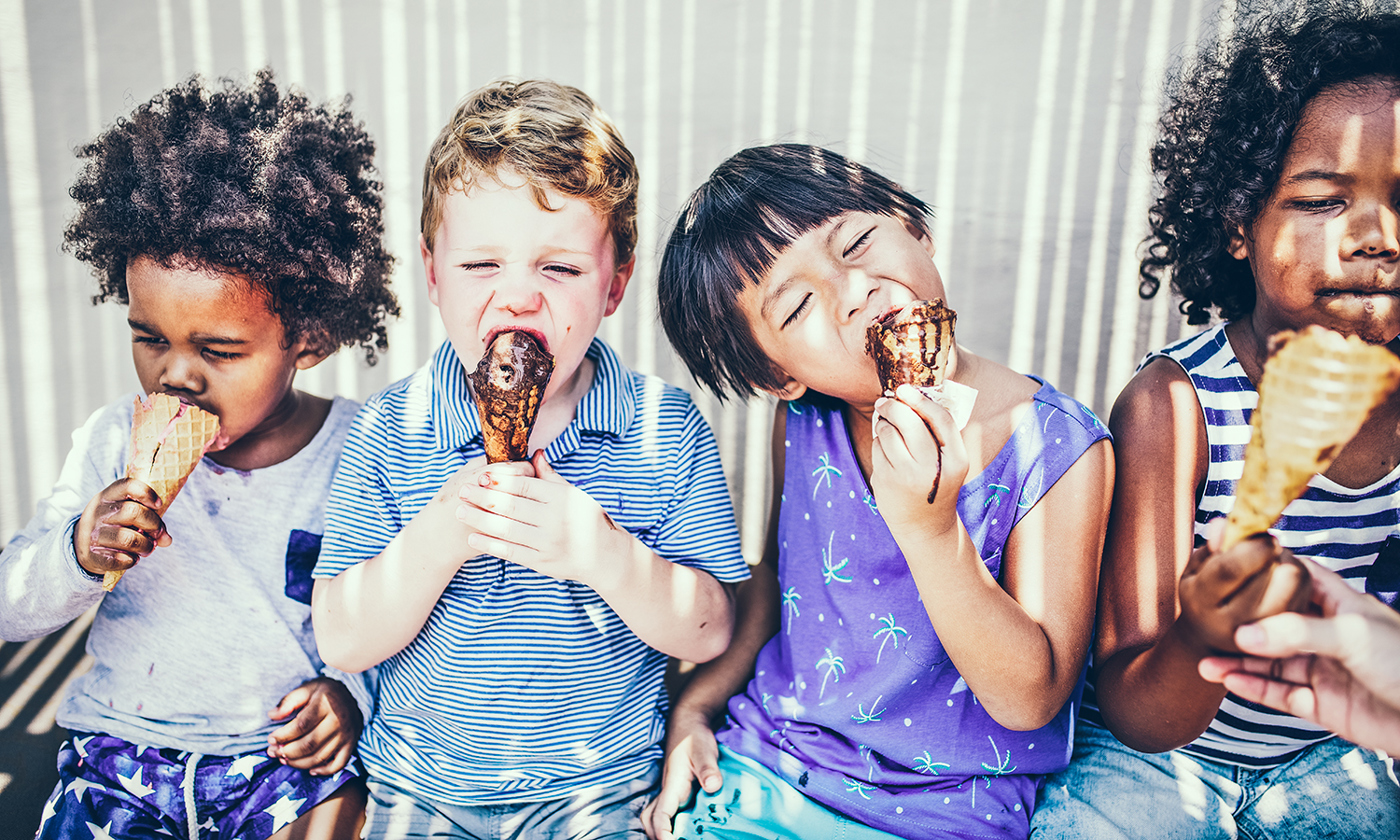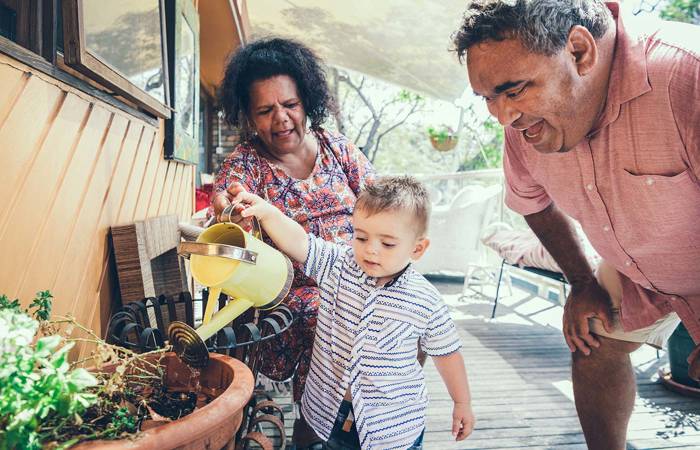Like what you see?
Sign up to receive more free parenting advice.
Thank you for subscribing to our newsletter!
Child Development

Credit: iStock.com/Rawpixel
Raising your children to embrace cultural diversity, and have an appreciation and knowledge of people who are culturally and linguistically different helps them grow into adults who are accepting of all people.
But how can parents play a part in making sure their children are aware of and have an understanding of diversity?
Dr Alice Chik from the School of Education at Macquarie University says the five years and under age group is a good time for parents to start educating their children about cultural differences.
“With that age group there are several great starting points; food, music, celebrations, picture books, library story time and television/movies. The important thing is to let your children experience and enjoy diversity as part of their everyday experience,” Dr Chik says.
Food – We can do this at home or (when COVID-19 is over) in restaurants. For one or two days a week, we can have dinner from around the world. It could be noodle, dumplings, sushi, pizza, kebab, bratwurst etc. Many of these foods are readily available from supermarkets, with some or no additional cooking. With world cuisine, new vocabulary in languages other than English (LOTE) can be introduced. And this does not require parents and guardians to speak the languages.
Music – Choose a children’s song, sung in a language other than English, or watch a music video together. For example, ‘Baby Shark Dance’ is made by a Korean company with a video featuring sharks and children of Asian heritage. It is amazing how children can pick up a song in different languages. For example, if your child has a favourite Disney song, it frequently comes in multiple languages. There are countless YouTube videos available.
Celebrations – The Australian Government publishes a cultural celebration calendar, so choose your celebrations! And there are also a lot of cultural events happening at district level. Check your council website for more details.
Picture books – all local public libraries have really great collections of picture books on diversity. And all public libraries will also have LOTE children’s books. If you talk to the librarians, they’ll happily guide you. During shared reading time with your children, try fairy tales and folklore from around the world. There are also a lot of fantastic picture books on Aboriginal culture and Dreamtime (e.g. How the Kangaroo got its Tail; Molly the Pig / Moli det Bigibigi; No Way Yirrikipayi!)
Library storytime – (post COVID-19) Many local libraries run bilingual storytime and rhyming time sessions for free, and they are great opportunities for toddlers and young children to enjoy group reading and rhyming activities. And these are also great opportunities to meet other children.
TV/Movies – Many children’s television programs and movies include characters of diverse backgrounds (e.g. Sesame Street, Dora the Explorer, Moana, Totoro My Neighbour).
Stay up to date with the latest news and articles from First Five Years
Thank you for subscribing to our newsletter!
There are believed to be several stages where young children become increasingly aware of cultural differences. By the age of two, a child will become curious about physical characteristics of themselves and others.
By the age of three and four, a child can identify people according to physical characteristics. This is also an age where a child can absorb societal stereotypes or may tease other children if their skin colour or language is different to theirs.
By the age of five, children will show an interest in how people have a particular skin colour and they’ll be able to understand simple scientific explanations about skin colour differences.
Dr Chik suggests a variety of ways we can explain differences to our children, beginning with physical appearances.
“With young children, we can start with, height, or sizes of hands. Let our children know that some people are taller or shorter, or we can all draw the outlines of our hands to see that we have different hand sizes,” Dr Chik says.
“You can tell your children, ‘People have hands that are different sizes, but we are all good at catching a ball’. Also, ‘Some people have different colours of skin, hair and eyes, and that just makes the world more interesting’.”
According to Dr Chik, some of the best words and phrases to use when explaining about people’s differences include:
- Different
- Diverse
- Language
- Traditions
And if a young child manages to say offensive things without meaning to, how can we gently correct them and make sure they change their behaviour?
“If your child says something offensive, listen to what they said first, and ask them why they said that. Reassure them that they are not in trouble. Your child may just need an explanation,” Dr Chik says.
“Explain gently why the saying is offensive. If needed, make an apology to the person who has been offended.”
Dr Chik’s top tips
- Normalise multiculturalism in the family – make celebration and the discussion of culture an everyday experience. Be mindful in creating a culturally diverse and rich home environment.
- Do something that the whole family will enjoy – e.g. if you hate sushi, don’t force yourself so that your child can learn. They know you hate sushi… but you may enjoy a bowl of ramen!
- Be an advocate – take the lead in enjoying culturally and linguistically diverse food, TV, music and events. Your children look up to you and will learn from you.
- You don’t have to speak every language of the world to appreciate, respect and enjoy cultural diversity.







